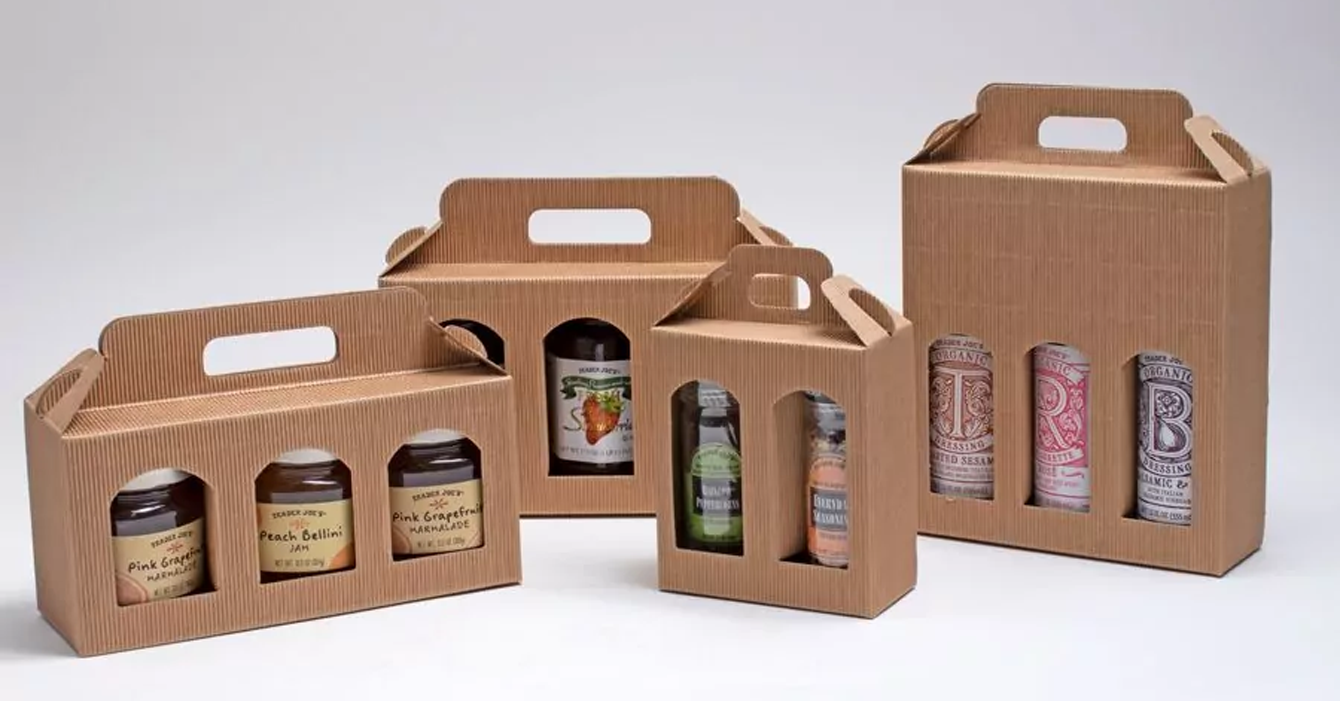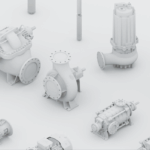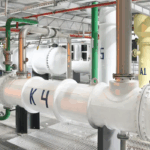Secondary packaging for food products plays a key role in modern production, as it not only protects goods during transportation and storage, but also shapes the brand image. The right choice of materials and design helps to reduce costs, optimize logistics, and ensure environmental friendliness.
The role of secondary packaging in preserving product quality
Secondary packaging performs not only a protective but also a strategic function in the food industry. It helps to prevent damage, preserves the attractive appearance of the product, and simplifies transportation.
The main tasks performed by secondary packaging:
- Protection against mechanical damage during transportation and storage.
- Creation of an additional barrier against moisture, light, or temperature fluctuations.
- Optimization of space in warehouses and during transportation.
- Development of convenient logistics solutions for wholesale deliveries.
- Enhancing the marketing effect through visual design and brand recognition.
Well-designed secondary packaging becomes an integral tool for quality control and competitive advantage for the manufacturer.
Materials and technologies: what to look for
The choice of materials for secondary packaging determines not only the cost of production, but also the efficiency of logistics and environmental friendliness. Manufacturers should take into account the specifics of the product, transportation conditions, and consumer requirements.
Main options for materials and technologies:
- Cardboard and corrugated cardboard: affordable, environmentally friendly, and easy to recycle.
- Plastic: provides high strength and protection, but requires recycling.
- Combined solutions: combining different materials for better protection.
- Innovative technologies: biodegradable films, packaging made from recycled materials.
- Printing and labeling: ensure traceability and appeal to the buyer.
When choosing materials, it is important to balance price, safety, and sustainability.
How to choose the optimal solution for production
The right choice of secondary packaging depends on many factors, and mistakes at this stage can lead to financial losses or reduced product quality.
Key criteria to evaluate:
- Food type: fragile, liquid, or loose goods require different solutions.
- Transportation conditions: distance, climatic factors, delivery method.
- Cost and production budget: savings should not compromise safety.
- Market and consumer requirements: demand for environmentally friendly and innovative solutions.
- Compliance with food safety standards and regulations.
A balanced decision guarantees production efficiency and increases brand competitiveness.
Properly selected secondary packaging is an integral part of efficient food production. It combines protective, logistical, and marketing functions, ensuring product quality and convenience for consumers.



